Und3rgr0und J4tt1
Prime VIP
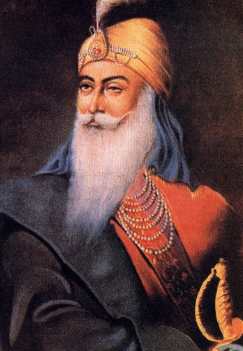
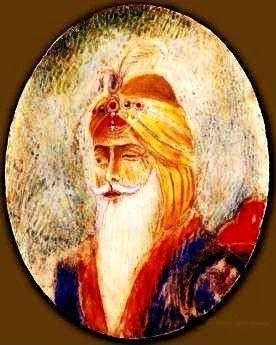
[FONT=Georgia, Times New Roman, Times, serif]Ranjit Singh was scarred by small pox which also blinded one eye and effected the movement on an arm and a leg, he was, particularly for a Sikh, of small and insignificant stature. But on horseback he truly came to life and rode, as he ruled, with grace and ease. His courtesy was laced with robust Punjabi good humour and more the Akbar, he had the common touch.[/FONT]
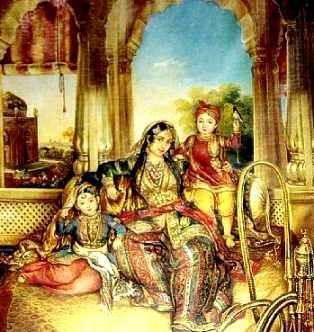
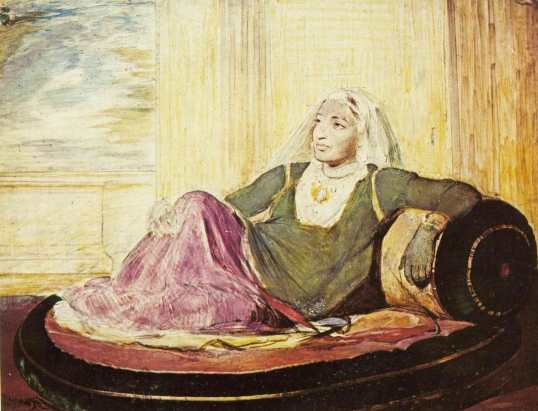
[FONT=Georgia, Times New Roman, Times, serif]As a devout Sikh, Ranjit Singh saw his power as deriving from the Panth Khalsa . He did not wear the emblem of royalty on his turban, he never sat on his throne and when new coins were struck, they were in the name of Guru Nanak Dev ji and not himself. Yet he was a passionate secularist and when a courtier commented on this he reported to have said “God wanted me to look upon all religions with one eye, that is why he took away the light from the other.”[/FONT]
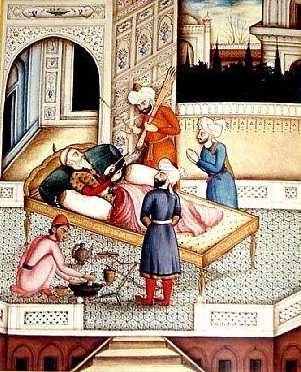
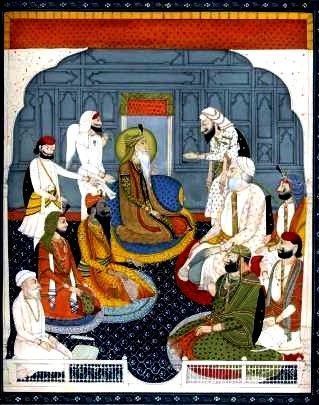
[FONT=Georgia, Times New Roman, Times, serif]He was also politically astute and managed to extend his kingdom as far north as Ladakh over Kashmir's Himalayan ranges. Though guardedly friendly with the British he had no illusions about their expansionist intentions and being the shrewd soldier that he was, never attempted to invade states south of the Sutlej river which was under British rule. [/FONT]
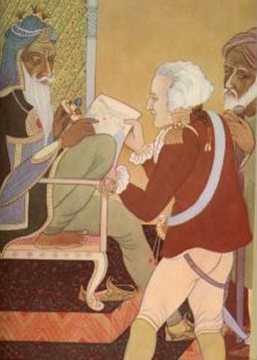
[FONT=Georgia, Times New Roman, Times, serif]Ranjit Singh was born in Gujranwala on November 2nd 1780. He was the only son of Raj Kaur and Mahan Singh, the leader of the Sukarchakia Misl. Hs father died in 1792, when Ranjit Singh was only 12 years old. In 1796, he was married to Sadha Kaurs daughter Mehtab Kaur. Sadha Kaur was the widow of Gurbaksh Singh, the chief of the Kanhaiya Misl. After succeeding his father to the leadership of the Sukarchakia Misl, Ranjit Singh started to revolutionise the face of the Punjab. He employed American, French and Italian officers in his army, some of whom had fought in the Napoleonic wars.[/FONT]
[FONT=Georgia, Times New Roman, Times, serif]Ranjit Singh being shown the map of India by a European.[/FONT]
[FONT=Georgia, Times New Roman, Times, serif][/FONT]
[FONT=Georgia, Times New Roman, Times, serif]Maharani Jind Kaur was popularly known as Jindan, the wife of Maharaja Ranjit Singh and mother of Maharaja Duleep Singh, the last Sikh sovereign of the Punjab. She was daughter of Manna Singh, an Aulakh Jatt of Gujranwala. The big eyed queen became regent for her young son Dalip Singh, when he was made Maharaja after the death of his foster-brother, Maharaia Sher Singh. Rani Jindan, a woman of beauty, rose to be a heroine of the Sikh nation.
She resisted the efforts of the British to annex the Punjab for some time, but when the British did take power she was removed from the Regency Council, which was to conduct the administration during the minority of Maharaja Dalip Singh. The Queen had become a symbol of national dignity. She continued to urge the freedom fighters back in the Punjab to continue the struggle dauntlessly. She was known for her intelligence and intrepid spirit, Jindan was one of the few persons who was intensely disliked and feared by the British. [/FONT]
[FONT=Georgia, Times New Roman, Times, serif]By the end of her life and expelled to Nepal the once noble lady became disillusioned, her health shattered she went to England to stay with her son Maharaj Dalip Singh. Rani resided in a separate house in England till her death in 1863. As her last wishes, Dalip Singh brought her body back for cremation to India, but was disallowed by the British to perform the last rites in Punjab. He therefore cremated her body at Nasik and returned to England.
[/FONT]
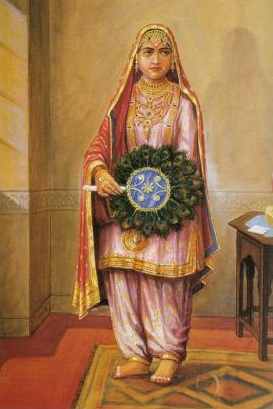
[FONT=Georgia, Times New Roman, Times, serif]Maharani Jindan.[/FONT][FONT=Georgia, Times New Roman, Times, serif][/FONT]
[FONT=Georgia, Times New Roman, Times, serif][/FONT]
[FONT=Georgia, Times New Roman, Times, serif]His mother-in-law Sadha Kaur was a great influence in his life. Although they were later estranged, this determined and ambitious woman was one of his advisors in his younger years. Though his marriage to her daughter he had allied himself to the influential misl of the Kanhaiyas and was able to take control of the Punjab and Kashmir in careful but relentless stages. Kangara and Gular in the Punjab hills and Rawalpindi and Jammu all came under his control. Even more impressive, he was magnanimous in victory and his rule was accepted by all people, who were tired of was and ready for stability.[/FONT]
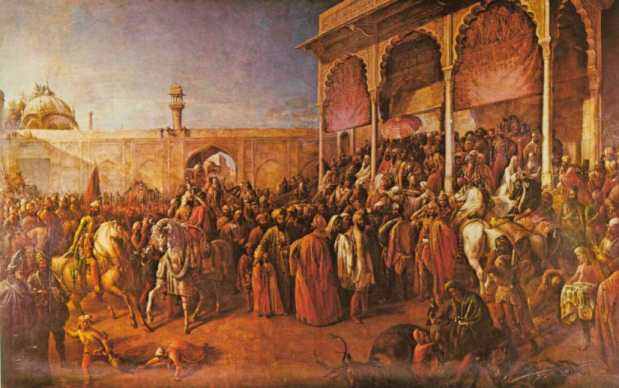
[FONT=Georgia, Times New Roman, Times, serif]Ranjit Singh had as his courtiers and advisors Sikhs, Hindus and Muslims. The Brahmin Dina Nath was his finance minister, and the Muslim Aziz ud din was a trusted counsellor. The lavish splendor of Ranjit Singh court attracted a number of western visitors, many of whom wrote extensively of what they saw. Honigberger, a Hungarian physician said to have introduced homeopathy to India and Avatible and Hugel were treated with much kindness by Ranjit Singh. He generally seems to have displayed a warm hospitality to all curious visitors who flocked to his court, plying them with countless questions about religion, science and military matters. He had, however, a good intelligence network which ensured that he and his court were kept reliably and minutely informed about the visitors activities, lest they turned out to be spies. [/FONT]
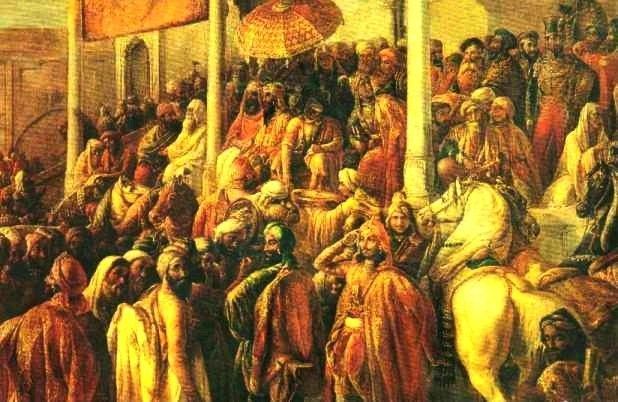
[FONT=Georgia, Times New Roman, Times, serif]Ever the progressive, Ranjit Singh was keen to have an English school started in the Punjab and the job was given to the American missionary J C Lowrie, who was warm in his praise of Amritsar and Darbar Sahib (Golden Temple) in his book Travels in North India. He liked it to Athens and Jerusalem in learning and religion and marveled at the richness of the decoration and architecture of the Gurdwara. [/FONT]
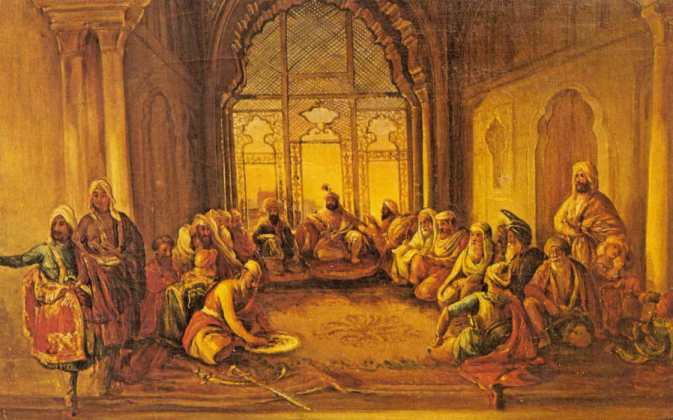
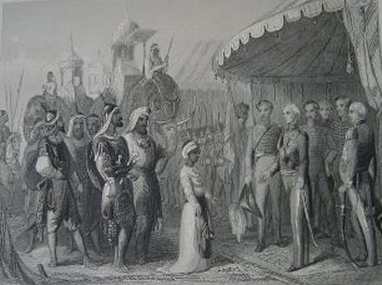
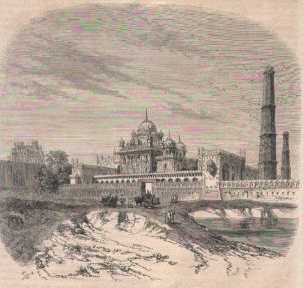
[FONT=Georgia, Times New Roman, Times, serif]The samadh (mausoleum) of Maharaja Ranjit Singh Ji.[/FONT]

 x
x